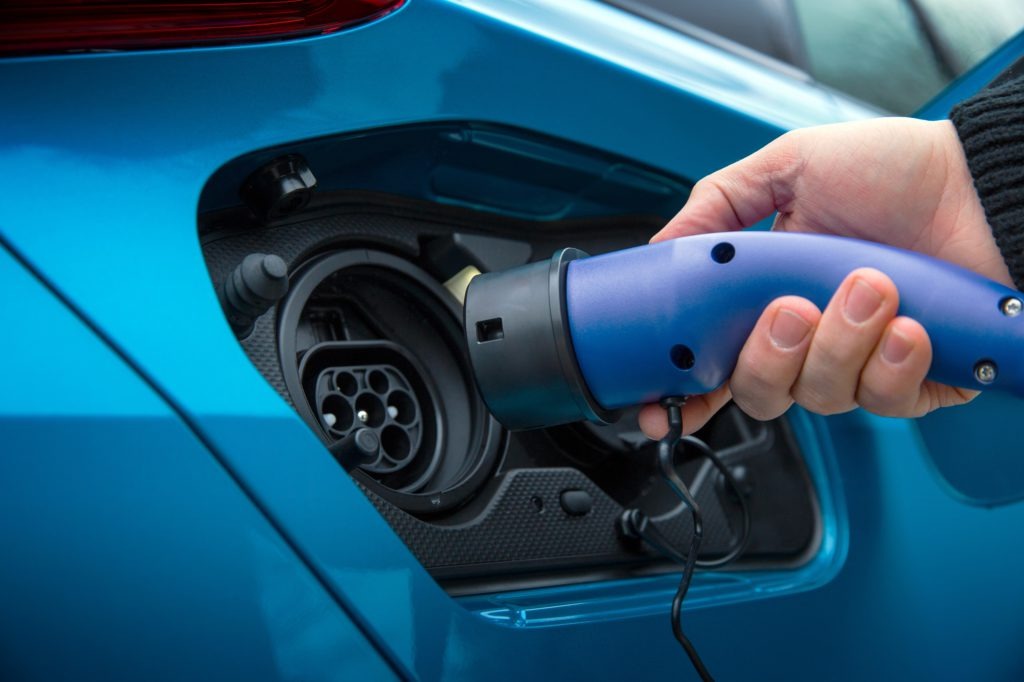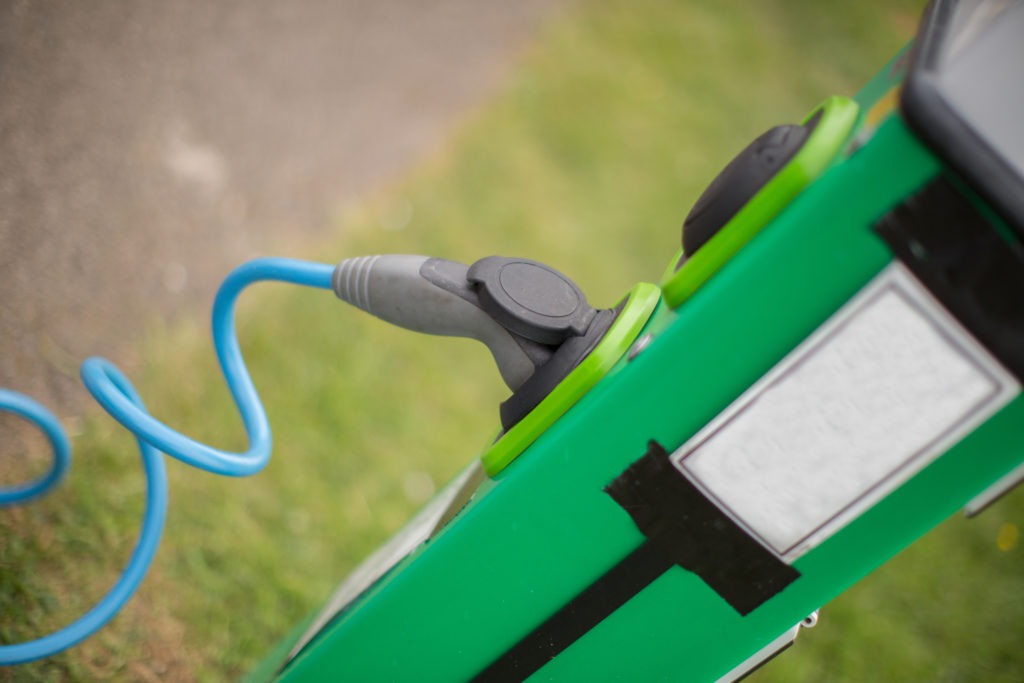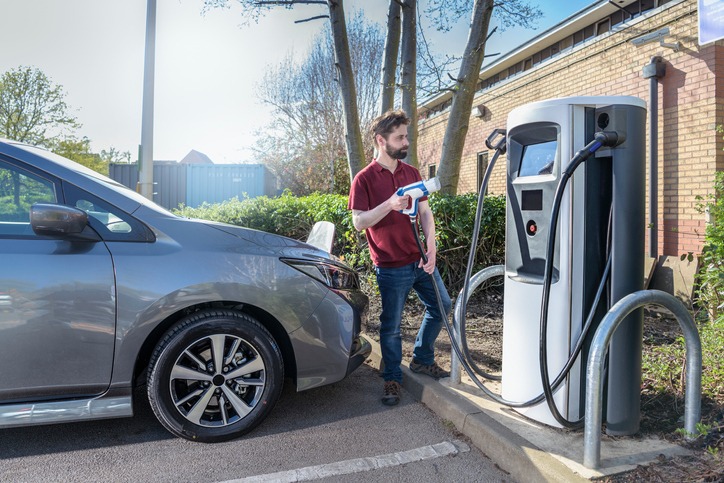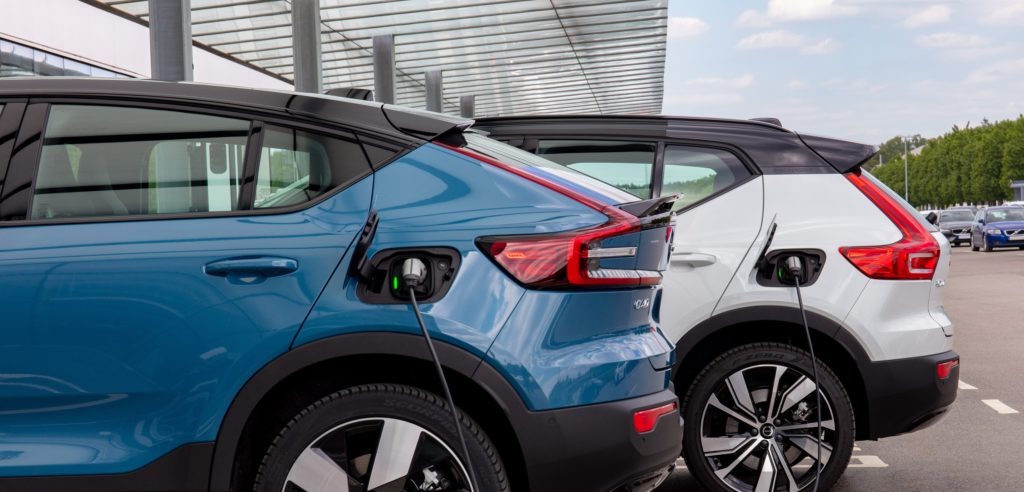Power beyond the plug: alternative EV charging
07 September 2021
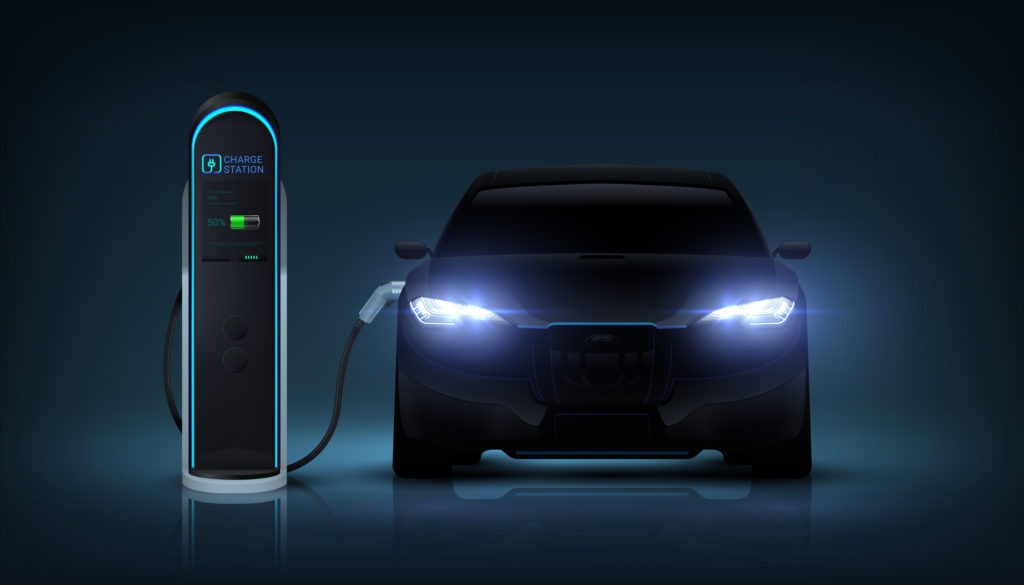
Electrically-chargeable vehicles (EVs) have gone from a fringe powertrain to an internal-combustion-engine (ICE) successor, but they need infrastructure to succeed. Autovista24 journalist Tom Geggus explores a world of EV charging beyond traditional plugs.
As EVs advance, so do their means of charging. Powerful stations are being set up, providing rapid and reliable sources of energy. But these sites appear to be paying homage to the fuel pump. If this is the electric revolution, why must infrastructure be tied to the fuel pump design: static housing, hose and nozzle.
Now is the time to rethink charging, which is exactly what some companies have been doing. Potential EV charging options include a wireless boost or swapping out the battery entirely. Consumers could charge through an in-road system or let a robot plug their vehicle in for them. A battery-electric vehicle (BEV) could even go further with the help of an inbuilt solar panel.
In-road innovation
Long term, battery chemistry will continue to improve, and with the implementation of other innovative technologies like supercapacitors, performance will only get better, head of environment and decarbonisation at the UK’s Transport Research Laboratory (TRL) Dr Anthony Velazquez Abad explained.
However, in the short term, integrating infrastructure into the road makes sense, particularly within specific use cases. For example, large-capacity batteries would create more expensive, heavier and lower-payload commercial vehicles. ‘With an electric road system, because you would get high power and pay by the kilowatt-hour (kWh), you could reduce the size of the battery. Then the capital costs of the vehicle would be much lower,’ Velazquez Abad said.
In-road systems can come in many shapes and sizes like inductive infrastructure, essentially wireless charging. Copper coils are used to create a magnetic field between the vehicle and the road, so drivers can park up without needing to plug-in, or enjoy opportunistic dynamic recharging. Plus, there are no overtly dangerous components.
But the trade-off is efficiency and cost. Coil alignment must be accurate to achieve maximum effectiveness and maintenance would likely be complex and time-consuming along the strategic road network (SRN). Additionally, more coils are needed for larger power transfers, upping costs. ‘It is very good for an urban environment where vehicles do not go super fast, because then in a relatively small stretch, you can recharge those vehicles for a while,’ according to Velazquez Abad. But enormous lengths would be needed on motorways to provide enough power to make a difference.
On the other hand, conductive technology appears to be a good EV charging option for these longer roads. Catenary systems provide relatively high power and remove the need for embedding infrastructure in the pavement. Instead, cables are rigged above a lane, which is handy for heavy-goods vehicles (HGVs). But again, this can be expensive, with potential wire breakages closing lanes and requiring repairs to take place at height. In-road rails would be more discreet while also providing higher output. But safety is a concern, with potential hazards presented to pedestrians and motorbikes. Leaves and rain could also cause challenges if large openings are used.
This is where side rails could provide a viable answer. A short side-mounted arm transfers power while the EV is still in the lane. This allows for more power at higher driving speeds, something that has been tested with a Formula One car.
Furthermore, such EV charging technology could be used by a variety of vehicles, including HGVs, buses and vans, and passenger cars. Velazquez Abad explained that more still needs to be learnt about the performance and safety of these systems, leading to the recent UK government feasibility-study investment programme (Zero Emissions Road Freight Trial).
With so many EV charging variations and adaptations, road-based infrastructure could prove very useful to EV drivers. ‘Electric road systems could play a role in the foreseeable future, to reduce the total cost of ownership of zero-emission logistics operations,’ Velazquez Abad said.
Battery swapping
But why bother charging if you could simply exchange a drained battery for a full one? In its home market of China, this is exactly what BEV-builder Nio has achieved. Hui Zhang, the company’s European vice president, told Autovista24 how this swapping system works. Housed in a building roughly the size of three parking bays, a robotic arm automatically exchanges a used battery for a full one in three minutes.
‘Looking forward, swap stations offer more flexibility, particularly with regards to Battery as a Service (BaaS),’ said Zhang. ‘Now, Nio BaaS users can purchase a car without the battery, lowering the price entry point. We believe this makes EVs more price-competitive against existing powertrains, while also providing the flexibility to change battery capacity depending on their needs.’
He explained that if someone needed a bigger battery for longer trips in the summer, they could simply pay for an upgrade over that period. ‘Longer term, BaaS also represents a systematic solution to the long-existing challenges for EV penetration, including battery degradation, battery upgradability, and lower resale value,’ Zhang added. Original Nio vehicle owners can use this infrastructure up to six times a month.
Nio currently has 200 swapping stations in China, with 500 expected by the end of 2021. This technology’s second generation is coming to Europe, arriving first in Norway, where four stations will be built this year, increasing to 16 in 2022. These sites will cover five of the country’s most important cities, as well as some of its busiest roads. Each station will be capable of up to 312 swaps per day – three times more than the previous generation.
Robotic recharge
Elsewhere, Volkswagen (VW) Group’s prototype robot can charge a car without any human interaction. The mobile unit drives itself and an energy storage unit to a vehicle, opens the socket flap and connects the plug. VW explained to Autovista24 that the prototype effectively maximises EV charging convenience while eliminating pain points. These include handling a potentially heavy and dirty cable and avoiding waiting times during authentication.
The compact design makes the robot ideal for tight spaces which lack infrastructure, such as multistorey and underground car parks. ‘Every parking space can become a charging point,’ the spokesperson pointed out. ‘The robot brings a power bank directly to the vehicle. This is a quick and easy solution to electrify parking garages with enormous economic potential.’
The robot is packed with cameras, laser scanners and ultrasonic sensors, allowing it to perceive its environment and can react accordingly. ‘Depending on how close someone or something comes to the robot, there are different levels of reactions such as speed reductions, evasion, warning signals that are conceivable,’ the spokesperson said. While a potential launch date for the EV charging robot has not yet been set, its future hangs on the need for a common standard dictating ‘car to X’ communications. This technology is crucial for autonomous systems and is thankfully something companies are working on.
BEV with a bright future
What if vehicles could rely less on charging infrastructure thanks to an inbuilt source of power generation? This is a question Sono Motors has been answering with its new solar-centric vehicle, the Sion. Fitted with its 54kWh lithium iron phosphate battery, the BEV is capable of covering up to 305km in one charge. Then, by using its solar panels integrated around the car, the Sion can generate up to 1.2kW of energy. This equates to a weekly average of 112km (245km per week at its peak) in a city like Munich.
Having spent roughly 20 years working with photovoltaics (PVs), Mathieu Baudrit, director of PV integration at Sono Motors, shone a light on the technology for Autovista24. He explained that from an ecological standpoint, power generated from solar is truly sustainable. By integrating PV panels into the Sion, dependence on EV charging infrastructure can also be lowered, resulting in greater self-sufficiency.
Conventional solar panels are not usually very pliable. But Baudrit and his team have created a new integration process capable of maximising the Sion’s cell count, taking it up to 248, and keeping the car’s design slick.
The lack of glass also helps keep the Sion’s weight down, particularly when compared to a more conventional build. ‘We also integrate our solar cells into the polymer matrix of the Sion’s body panels, instead of layering them on top, which enables us to keep the Sion lighter,’ Baudrit explained. The PVs contribute very little to the Sion’s overall weight of 1730kg. ‘This is what makes the technology so efficient for use on other vehicles as it doesn’t contribute much extra weight or none at all,’ he added.
Some might be concerned that integrating PVs into a vehicle could create safety issues. But unlike other cars that feature solar roofs, the Sion’s panels are engineered using polymer technology, removing the need for glass. As the car will also sport a matt finish to increase its solar yield, the likelihood of glare is significantly decreased.
The Sion’s production is on track for the first half of 2023, and as of September 2021, there were more than 14,000 individual reservations. Sono Motors also agreed with MAN Truck and Bus to investigate the feasibility of integrating its technology into the eTGE electric van. If this application can be achieved, even more people could reduce their reliance on plug-based infrastructure.
From PVs to robots and from battery swapping to in-road technology, there are plenty of alternatives to the traditional plug-in design. As EVs capture more of the market, varied infrastructure will become increasingly important to ensure all adopters can stay charged. Exciting new EV charging options could even be a point of interest for consumers looking to cut all ties to ICE and the pumps which fuel them.
